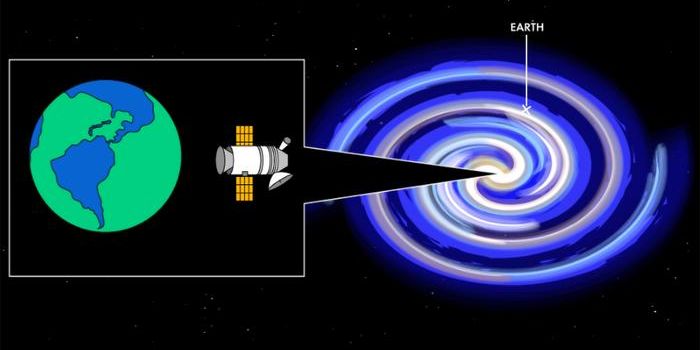NASA Preparing a Program to Protect Earth From Large Space Rocks
NASA is on a mission to protect the Earth from future dangers of asteroid and comet impacts, and as a part of this movement, it’s creating what’s being called the “Armageddon Office,” or more formally known as the Planetary Defense Coordination Office (PDCO).

It’s an actual office with the sole intent of monitoring asteroid and comet activity and helping the world prepare for situations where the Earth may one day be in the direct line of fire for one of these massive space rocks, which are also known as near-Earth objects or NEOs.
The office will be responsible for working with the United States government to not only prepare, but respond to potential impacts before they happen. Using telescopes and other equipment, more time and resources will be dedicated to tracking near-Earth objects.
There have been a number of close calls where near-Earth objects have flown close to our planet, but fortunately never collided. Some day, we may not get so lucky, especially considering that 1,500 more new near-Earth objects are discovered every single year and we never really know what might be waiting for us out there.
“Asteroid detection, tracking and defense of our planet is something that NASA, its interagency partners, and the global community take very seriously,” commented John Grunsfeld, the associate administrator for NASA’s Science Mission Directorate. “While there are no known impact threats at this time, the 2013 Chelyabinsk super-fireball and the recent ‘Halloween Asteroid’ close approach remind us of why we need to remain vigilant and keep our eyes to the sky.”
Although it’s thought that we know about at least 90% of near-Earth objects that are more than 3,000 feet in diameter, there are also hazards from semi-large objects that are estimated to be about 450 feet in diameter. It’s thought that we only know about 25% of these around us, and there are many more lurking that haven’t yet been discovered or tracked. By 2020, it’s hoped we’ll know much more about these semi-large spatial rocks.
Such ways of preventing impacts may include using gravity or explosives to our advantage to deflect hazardous near-Earth objects, but if they cannot be successfully avoided, it would be the job of this office to help evacuate estimated impact zones so that as many people could be saved as possible.
Source: Huffington Post








